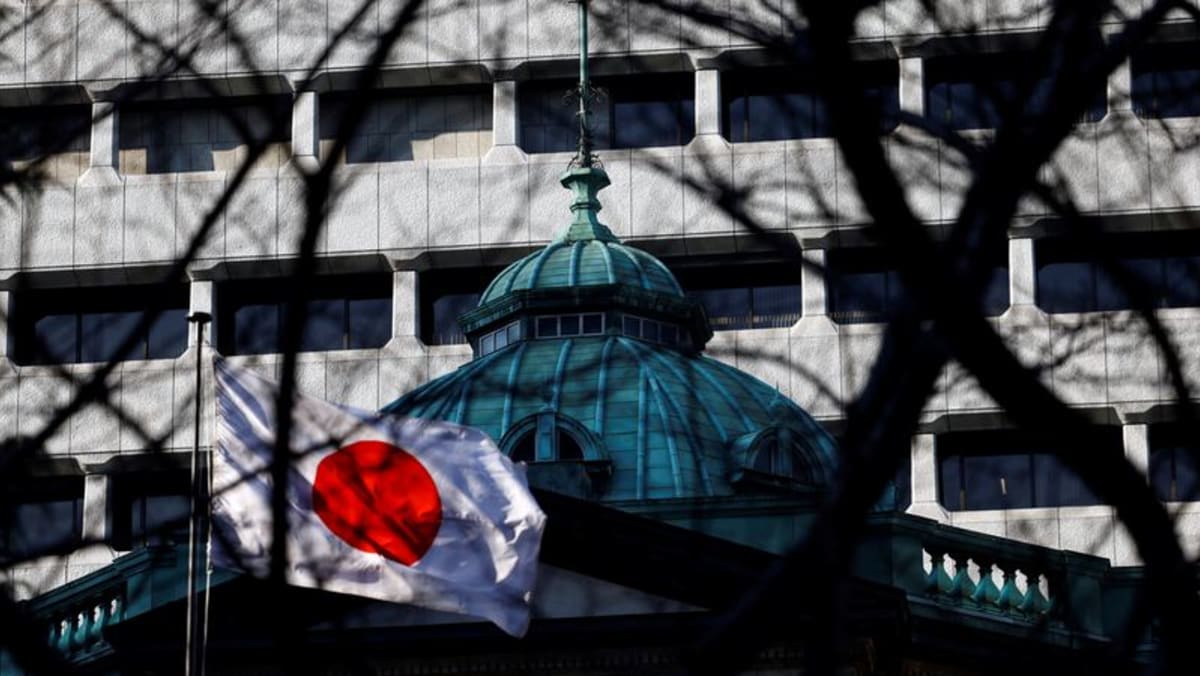TOKYO :Confidence among large Japanese manufacturers improved in the three months to June, a central bank survey showed, as firms maintained their bullish long-term spending plans, unfazed by the immediate potential hit from steep U.S. tariffs.
However, manufacturers slashed their profit estimates and expect business conditions to worsen three months ahead, the closely watched “tankan” survey showed on Tuesday, suggesting firms see pain from U.S. tariffs deepening later this year.
Sentiment among big non-manufacturers worsened slightly as some companies worried about rising labour costs, the impact of higher prices on domestic consumption and softening demand for luxury goods among overseas tourists.
The survey suggests the world’s fourth-largest economy remains relatively resilient, even with increasing global trade uncertainty. It will be one of the data points the Bank of Japan scrutinises at its next policy meeting on July 30-31.
“The Q2 Tankan survey showed that the economy is holding up well despite trade tensions, which supports our view that the Bank of Japan will resume its tightening cycle before the end of the year,” said Marcel Thieliant, head of Asia-Pacific at Capital Economics.
The headline index measuring big manufacturers’ business confidence stood at +13 in June, up from +12 in March and beating a median market forecast for a reading of +10.
While some firms complained about the hit from U.S. tariffs, others saw profits improve as they passed on rising costs, said a BOJ official briefing reporters on the survey.
By contrast, an index gauging big non-manufacturers’ sentiment edged down to +34 from +35 in March with companies citing a hit to profits from rising labour costs.
Both big manufacturers and non-manufacturers expect business conditions to worsen three months ahead, the tankan showed.
Japan’s economy, which shrank an annualised 0.2 per cent in the first quarter due to weak consumption, is bracing for further pain as U.S. tariffs hurt exports.
Tokyo has so far failed to convince U.S. President Donald Trump’s administration to scrap a 25 per cent tariff on Japanese cars and a 24 per cent tariff on other Japanese imports paused until July 9.
Trump expressed frustration with U.S.-Japan trade negotiations on Monday, dampening prospects of a near-term deal.
PROFIT HIT
Corporate activity is holding up, at least for now.
Big companies expect to increase capital expenditure by 11.5 per cent in the current fiscal year ending in March 2026, up from a 3.1 per cent gain projected in March and above a market forecast for a 10.0 per cent rise.
But many analysts expect the damage from U.S. tariffs on exports and output to intensify later this year, and complicate the BOJ’s decision on when to resume interest rate hikes.
A close look at the tankan shows the impact is already being felt by some companies. Sentiment among big machinery and automobile makers – sectors directly hit by the tariffs – worsened in the third quarter.
Big manufacturers expect sales from exports to rise just 0.6 per cent in the current fiscal year ending in March 2026, sharply lower than a 4.4 per cent gain in the previous year, the tankan showed.
Manufacturers expect recurring profits to fall 8.4 per cent in the current fiscal year after a 5.8 per cent gain in 2024.
“Exports are weak, investment keeps slipping, and consumption is fragile, keeping Japan’s economy teetering on the brink of recession,” said Stefan Angrick, head of Japan and Frontier markets Economics at Moody’s Analytics.
The BOJ ended a massive stimulus last year and in January raised short-term interest rates to 0.5 per cent. While the central bank has signalled readiness to raise rates further, the impact of higher U.S. tariffs forced it to cut its growth forecasts.
Further muddling the policy outlook, consumer inflation has exceeded the BOJ’s 2 per cent target for more than three years as companies continue to pass on rising raw material costs.
The tankan showed corporate inflation expectations steady at 2.3 per cent five years ahead, suggesting rising costs have yet to de-anchor inflation expectations above the BOJ’s target.
A slight majority of economists in a Reuters poll expect the BOJ’s next 25-basis-point increase to come in early 2026.
